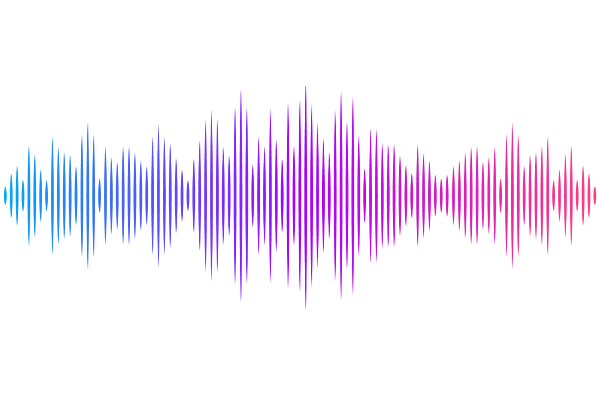INFLAMMATORY ACTIVATION, EPIGENETIC SIGNATURE AND MORPHO-STRUCTURAL ALTERATION IN A COHORT OF PATIENTS WITH CHRONIC HEART FAILURE AND PERMANENT ATRIAL FIBRILLATION: A CROSS-SECTIONAL STUDY.

INFLAMMATORY ACTIVATION, EPIGENETIC SIGNATURE AND MORPHO-STRUCTURAL ALTERATION IN A COHORT OF PATIENTS WITH CHRONIC HEART FAILURE AND PERMANENT ATRIAL FIBRILLATION: A CROSS-SECTIONAL STUDY.
Daidone, M.; Maida, C. D.; Pacinella, G.; Ferrantelli, S.; Scaglione, S.; todaro, f.; Pipitone, R.; lupo, g.; agnello, l.; Ciaccio, M.; Armentaro, G.; Sciacqua, A.; Di Chiara, T.; Di Raimondo, D.; GRIMAUDO, S.; Casuccio, A.; Tuttolomondo, A.
AbstractAtrial fibrillation (AF) represents a multifaceted pathology, in which there are complex interrelationships between inflammatory, morpho-structural and genetic variables. In recent years a growing body of evidence supported the role of inflammation in the initiation, maintenance and outcome of atrial fibrillation. We to conduct a case-control cross-sectional study with the objective of assessing whether in a court of patients with chronic heart failure (CHF) and permanent AF there are documented associations between serum levels of inflammatory cytokines, metabolic variables, epigenetic factors and echocardiographic variables as indices of fibrotic/structural damage. We enrolled 82 consecutive patients with CHF and persistent AF and 82 consecutive patients with CHF and the same risk factors but with sinus rhythm and no known history of previous AF, consecutively admitted to the Internal Medicine with Stroke Care Ward of the \"P. Giaccone\" Hospital of Palermo January 2020 to May 2022. AF patients were significantly older and exhibited notable echocardiographic differences, including higher left atrial volume index (LAVI), reduced left atrial (LA) strain, increased relative wall thickness (RWT), and decreased ejection fraction (EF%). Renal function markers, such as estimated glomerular filtration rate (eGFR) and microalbuminuria, were also significantly different between groups. Inflammatory markers like C-reactive protein (CRP), interleukin 6 (IL6), interleukin 8 (IL8), and NTproBNP were elevated in AF patients. Logistic regression identified LAVI, LA strain, microalbuminuria, albumin/creatinine ratio (ACr), and protein/creatinine ratio (PCr) as independent predictors of AF. Correlation analysis in AF patients revealed associations between echocardiographic parameters, serum cytokines, and cardiac function indices. Notably, miRNA levels did not significantly differ between groups. These findings highlight the complex interplay of cardiac structure, renal function, and inflammation in AF pathogenesis.